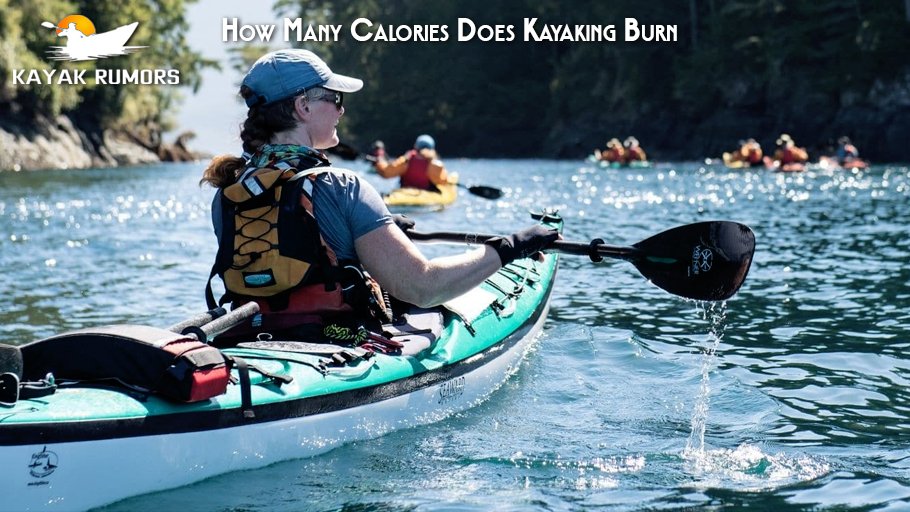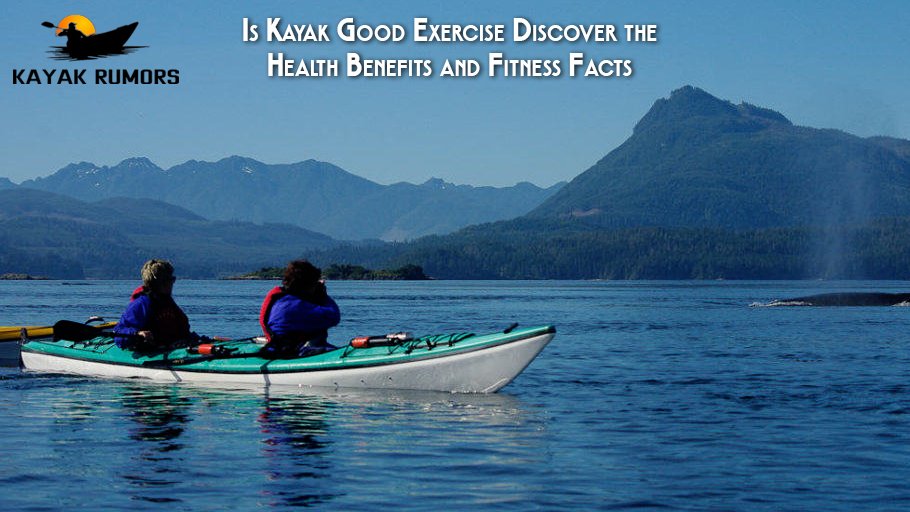Is kayaking good exercise? Many people wonder if paddling a kayak can really improve fitness or if it’s just a leisurely activity. The truth is, kayaking is an excellent workout that offers numerous physical and mental benefits. Whether you’re paddling gently on calm waters or tackling a fast-moving river, kayaking can help you stay active and healthy.
In this post, we’ll break down the health advantages of kayaking, how it works your muscles, its effect on calories burned, and tips for beginners. If you want to know how kayaking fits into your exercise routine, keep reading!
What Is Kayaking?
Kayaking involves sitting in a small, narrow boat and using a double-bladed paddle to move across the water. It can be done on:
- Calm lakes and ponds
- Slow or fast-moving rivers
- Coastal waters and ocean bays
There are several styles, such as recreational kayaking, whitewater kayaking, sea kayaking, and touring. Each offers different levels of intensity and workout potential.
Physical Benefits of Kayaking
Cardiovascular Fitness
- Kayaking raises your heart rate steadily.
- It improves blood circulation and lung capacity.
- Regular paddling sessions contribute to heart health.
Muscle Strength and Toning
Kayaking primarily works the:
- Upper Body: Shoulders, biceps, triceps, and chest get a good workout from paddling.
- Back Muscles: Upper back muscles like trapezius and latissimus dorsi are engaged.
- Core: Your abdominal muscles and lower back stabilize your movement and balance.
- Legs: While less obvious, legs help with steering and balance.
Endurance and Stamina
- Paddling for extended periods builds endurance.
- Kayaking improves overall stamina and energy levels.
Low-Impact Exercise
- Gentle on joints compared to running or jumping.
- Suitable for people with joint issues or recovering from injuries.
How Many Calories Does Kayaking Burn?

The calories burned depend on factors like weight, paddling intensity, and duration.
- Moderate kayaking: Burns approximately 300-400 calories per hour.
- Vigorous kayaking (whitewater or racing): Burns 500+ calories per hour.
This makes kayaking a solid choice for anyone aiming for weight loss or calorie management.
Which Muscle Groups Does Kayaking Target?
Upper Body
- Shoulders (deltoids)
- Arms (biceps and triceps)
- Chest muscles
Back
- Latissimus dorsi
- Trapezius
- Rhomboids
Core
- Abdominals
- Obliques
- Lower back muscles
Lower Body
- Quadriceps
- Hamstrings
- Calves (primarily for balance and control)
Is Kayaking Suitable for All Fitness Levels?
- Beginners: Start slow with calm waters and short sessions.
- Intermediate: Increase paddling time and explore moderate water conditions.
- Advanced: Try whitewater kayaking or long-distance touring.
The ability to control your pace and difficulty makes kayaking accessible to all.
Mental Health Benefits of Kayaking
- Stress Relief: Water and nature calm the mind.
- Improved Focus: Paddling requires coordination and concentration.
- Mood Booster: Outdoor activity promotes the release of endorphins.
Kayaking vs Other Exercises
| Exercise | Impact on Joints | Muscle Groups Worked | Outdoors/Indoors |
|---|---|---|---|
| Kayaking | Low | Upper body, core, legs | Outdoors |
| Running | High | Legs, core | Outdoors |
| Cycling | Medium | Legs, core | Both |
| Weight Training | Varies | Targeted muscles | Indoors |
Kayaking stands out as a full-body, low-impact, outdoor exercise option.
How to Get Started with Kayaking as Exercise
- Choose the Right Kayak: Recreational kayaks are best for beginners.
- Learn Proper Technique: Take lessons or watch tutorials.
- Safety First: Always wear a life jacket.
- Start Small: Paddle for 20-30 minutes initially.
- Build Gradually: Increase session length and intensity over time.
Tips to Improve Your Kayaking Workout
- Incorporate strength training focusing on the upper body and core.
- Stretch before and after paddling to avoid injury.
- Use interval training on the water (alternate fast and slow paddling).
- Track progress with apps or a journal.
Common Mistakes to Avoid
- Poor paddling posture leading to strain.
- Overexertion in the early stages.
- Neglecting safety precautions.
FAQs About Is Kayaking Good Exercise
1. Is kayaking a good workout for beginners?
Yes, beginners can start on calm waters and build up their endurance and technique.
2. Can kayaking help me lose weight?
Kayaking burns calories effectively, especially when done regularly.
3. What muscles do I work out when kayaking?
Kayaking primarily works your upper body, core, and helps stabilize your legs.
4. How often should I kayak for fitness benefits?
Aim for at least 2-3 times per week for noticeable improvements.
5. Is kayaking safe for people with joint problems?
Yes, it’s low-impact and easier on joints than many other exercises.
Learn More About Kayaking Safety and Best Practices
Before heading out on the water, it’s important to understand kayaking safety basics. From wearing the right gear to knowing how to handle unexpected situations, preparation makes a big difference in your kayaking experience. For detailed safety tips, visit the American Canoe Association’s official guide.
Closing Thoughts
Is kayaking good exercise? Without a doubt, yes. Kayaking offers a well-rounded workout that improves cardiovascular health, builds muscle strength, and supports mental well-being. Its accessibility and low-impact nature make it suitable for people of all fitness levels.
If you’re searching for an engaging way to stay active, kayaking offers fun and fitness rolled into one. Start slow, stay consistent, and enjoy the many benefits paddling has to offer! Read more at Kayak Rumors for more on kayaking!



